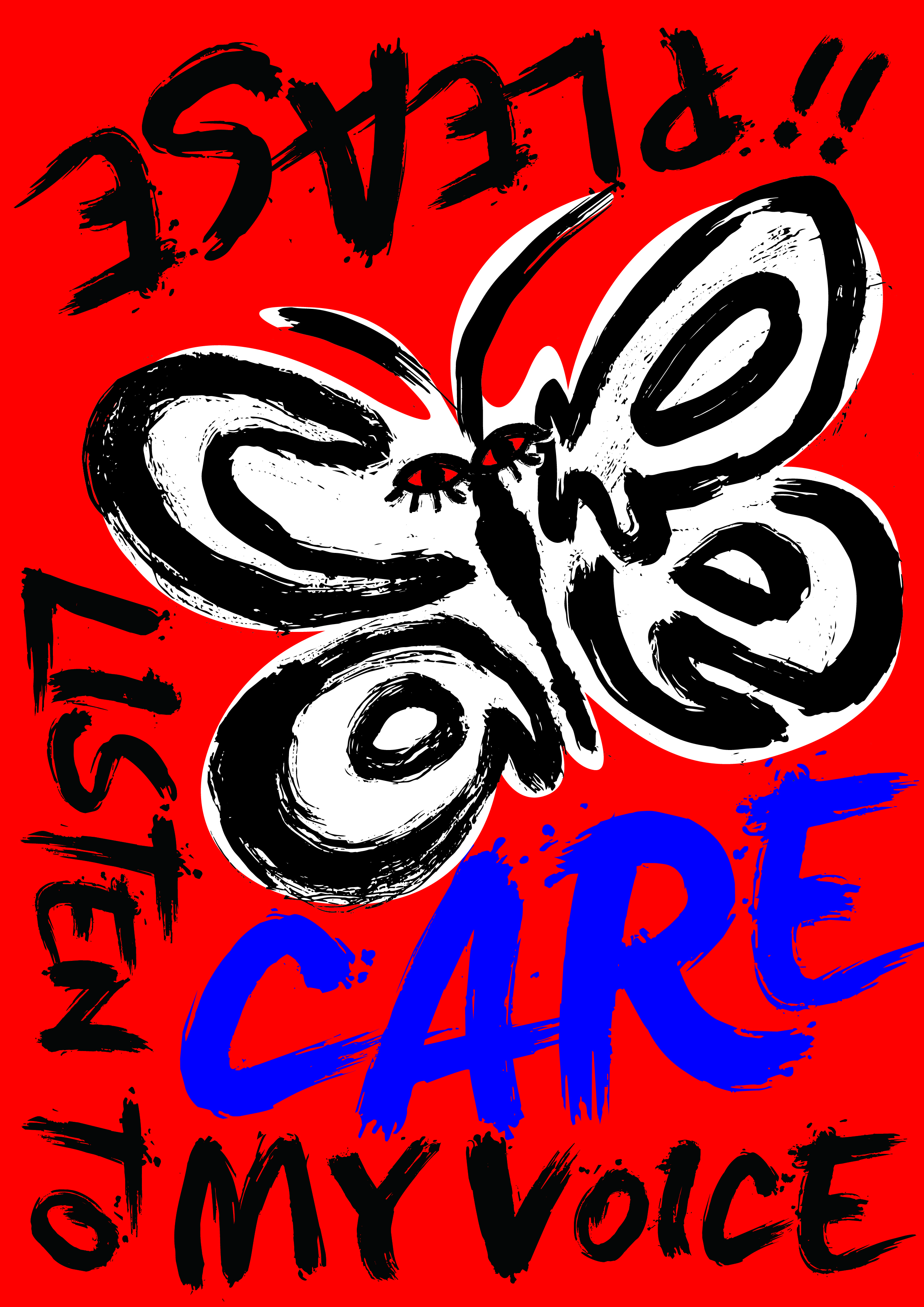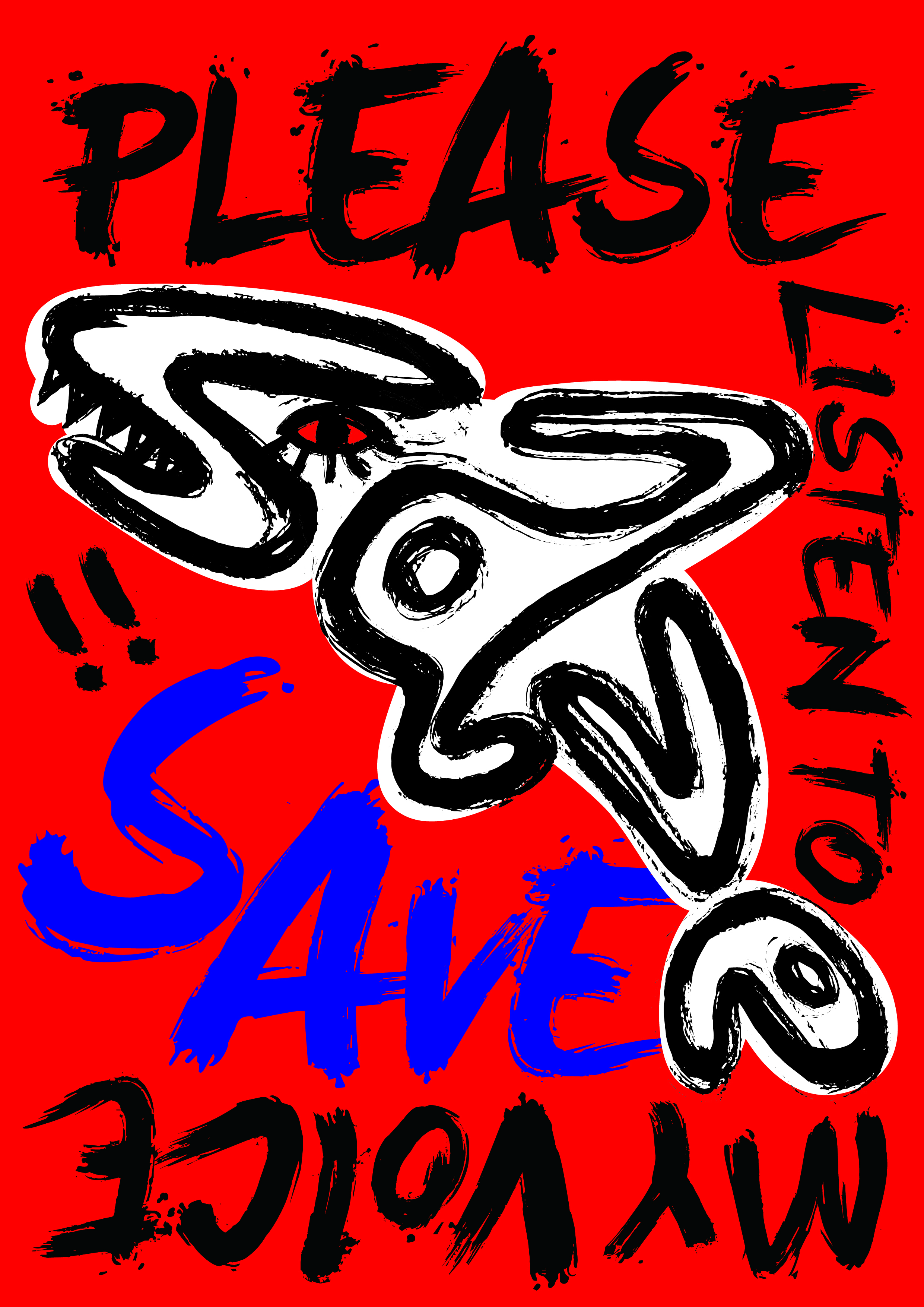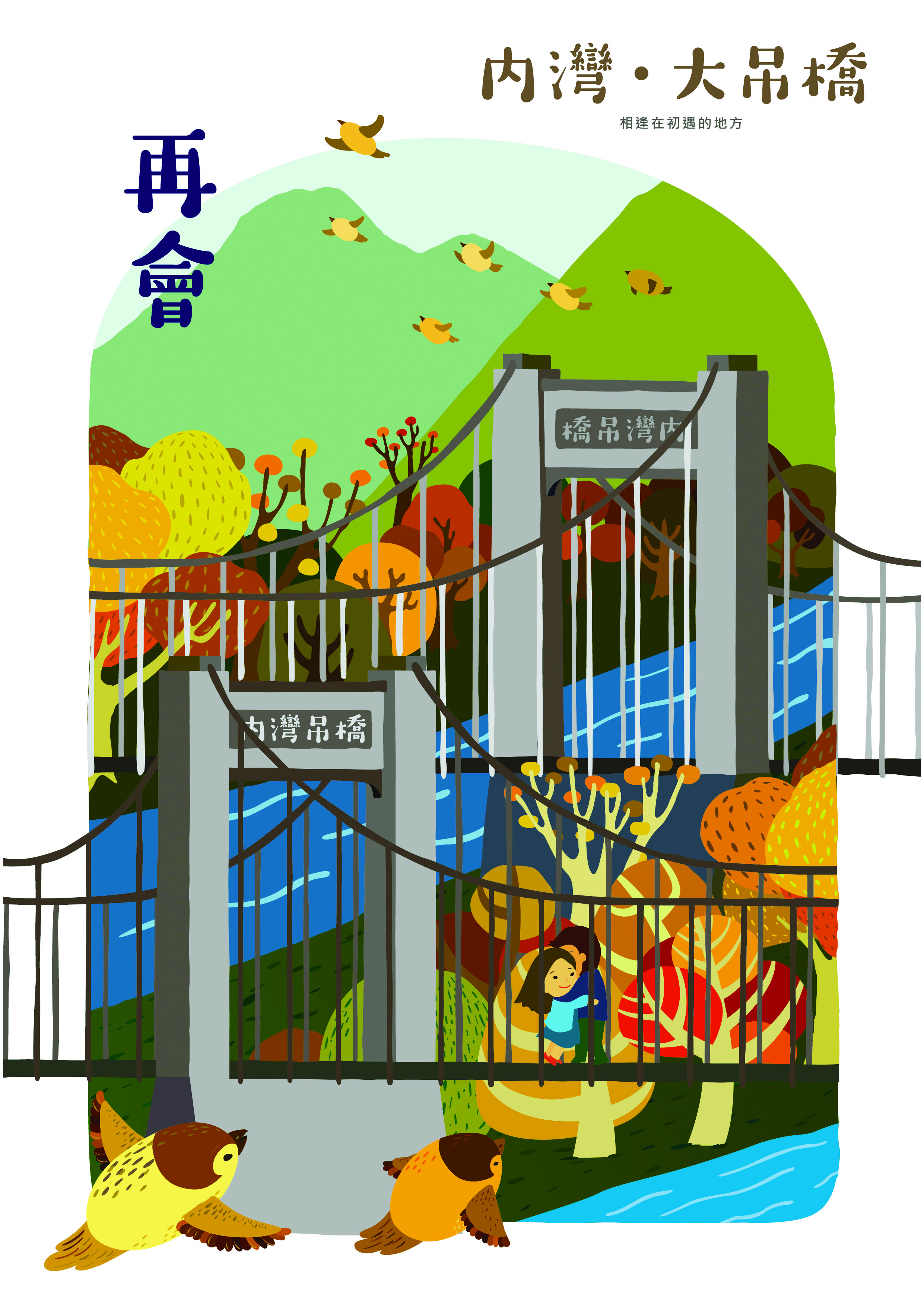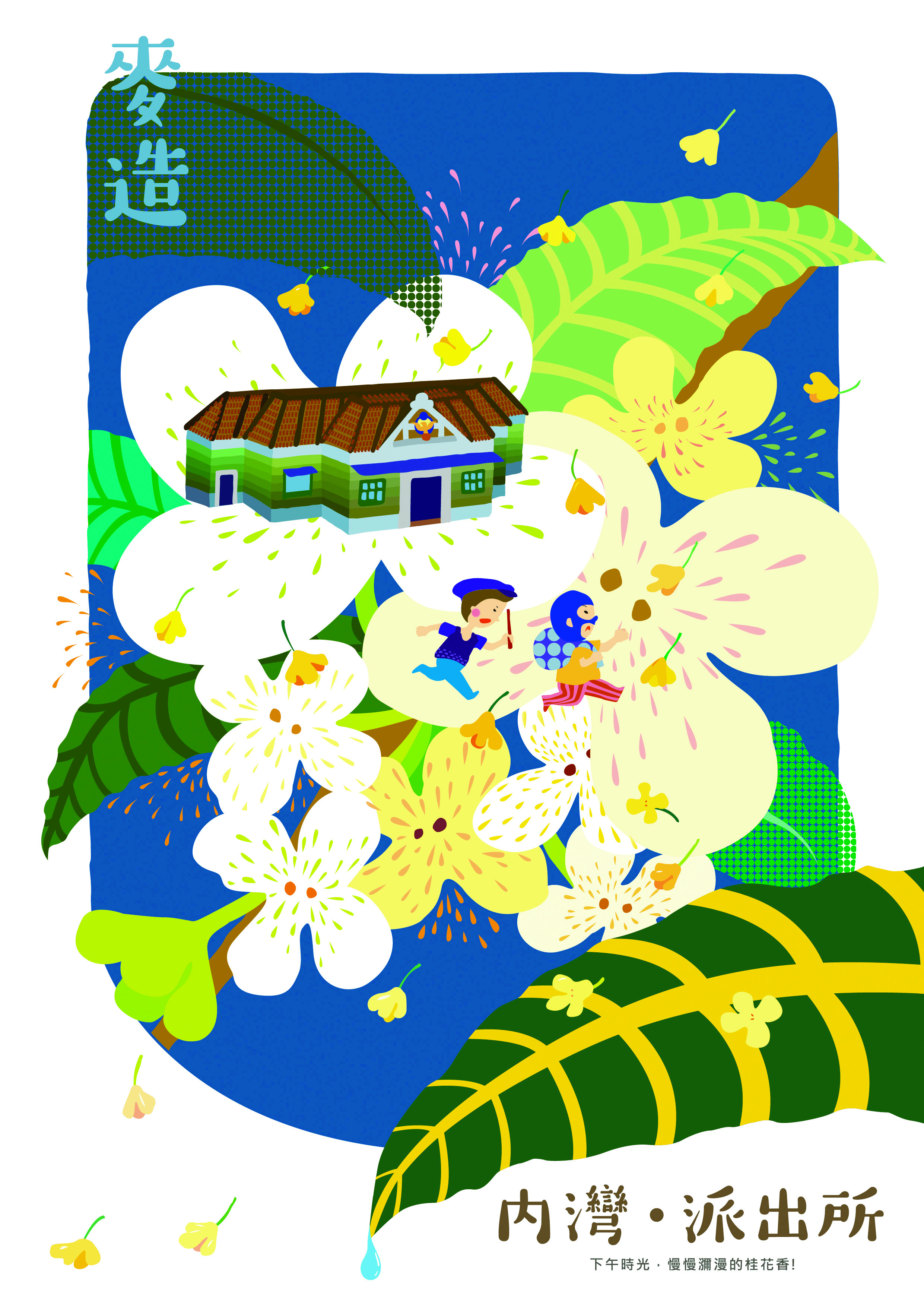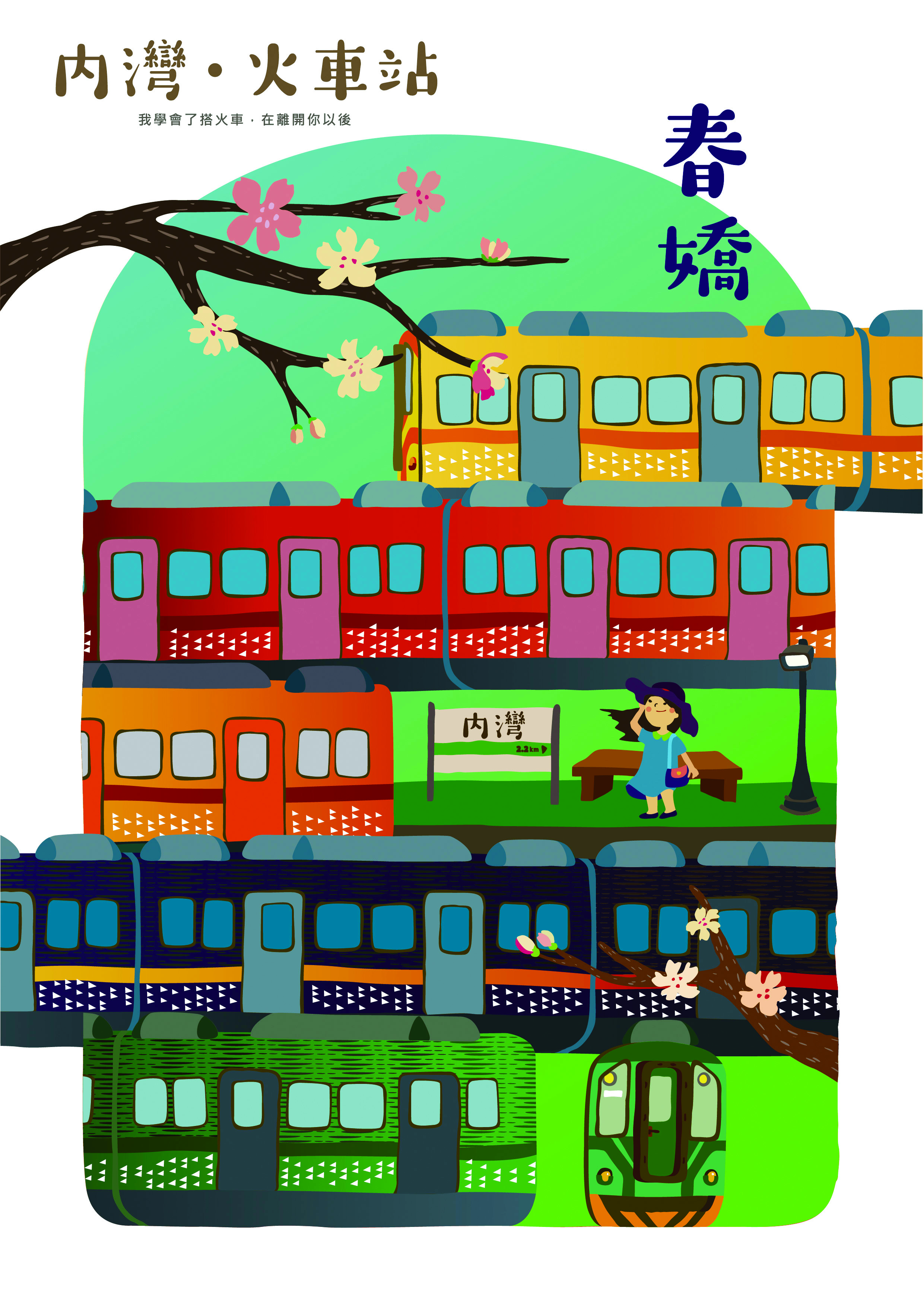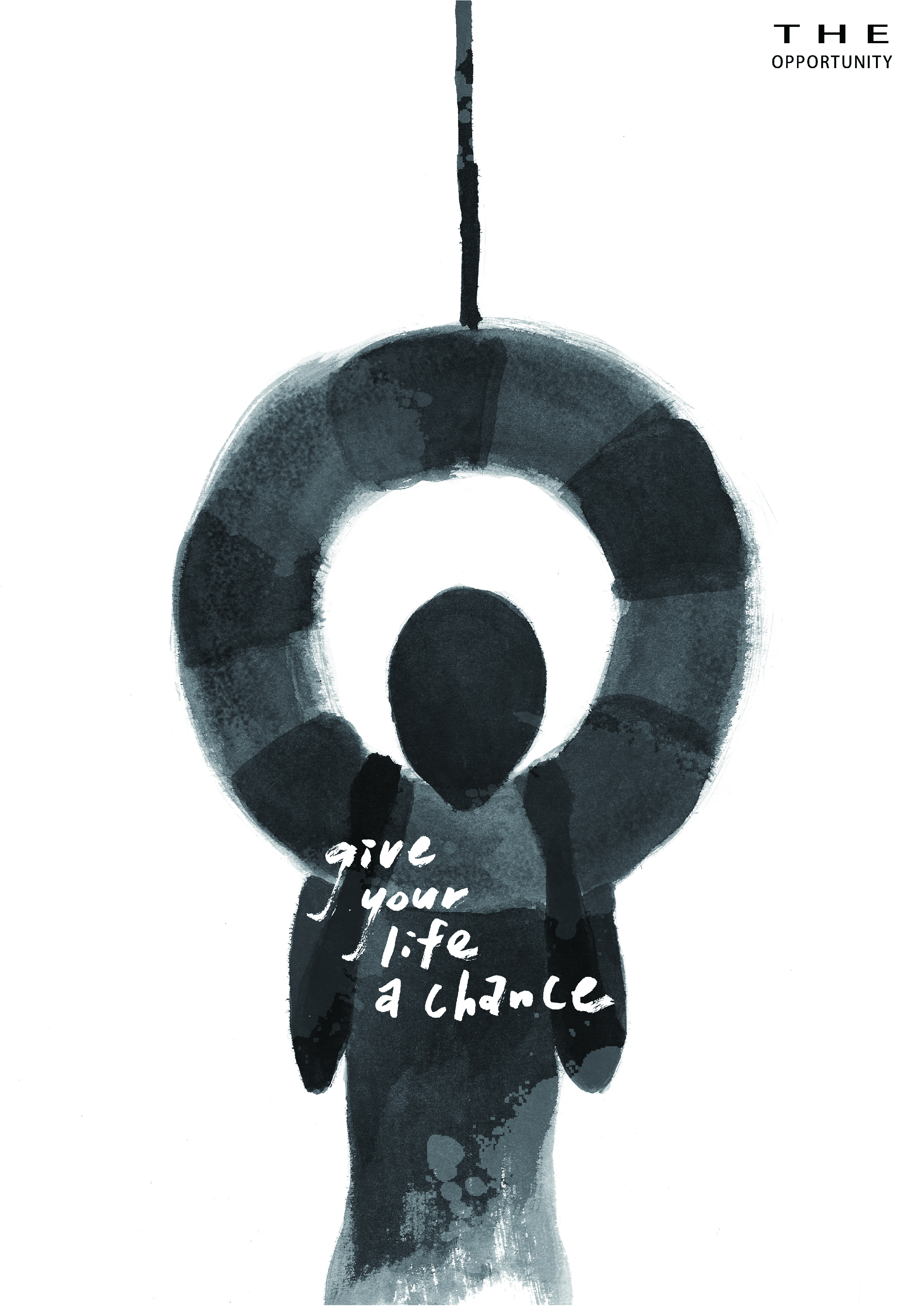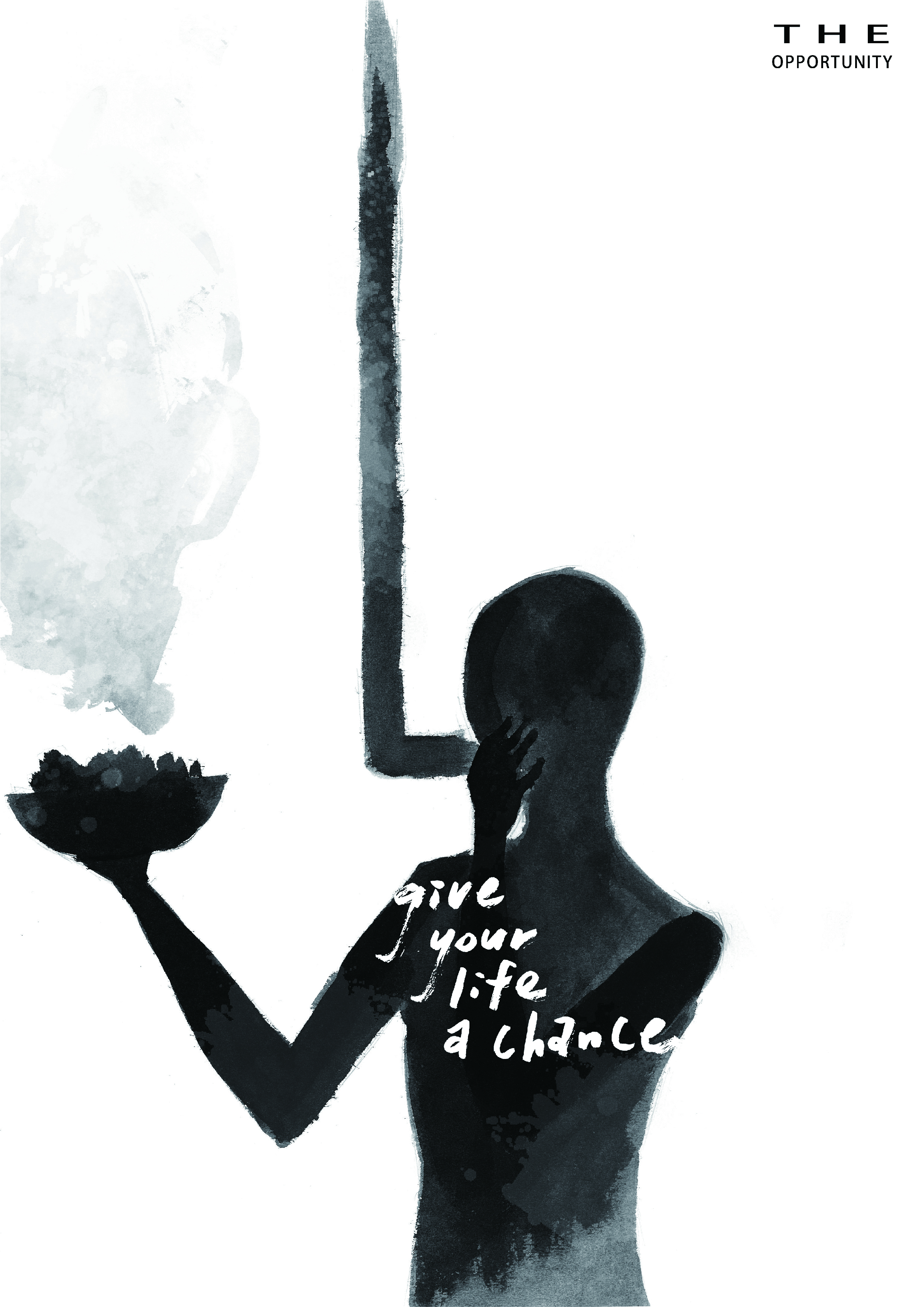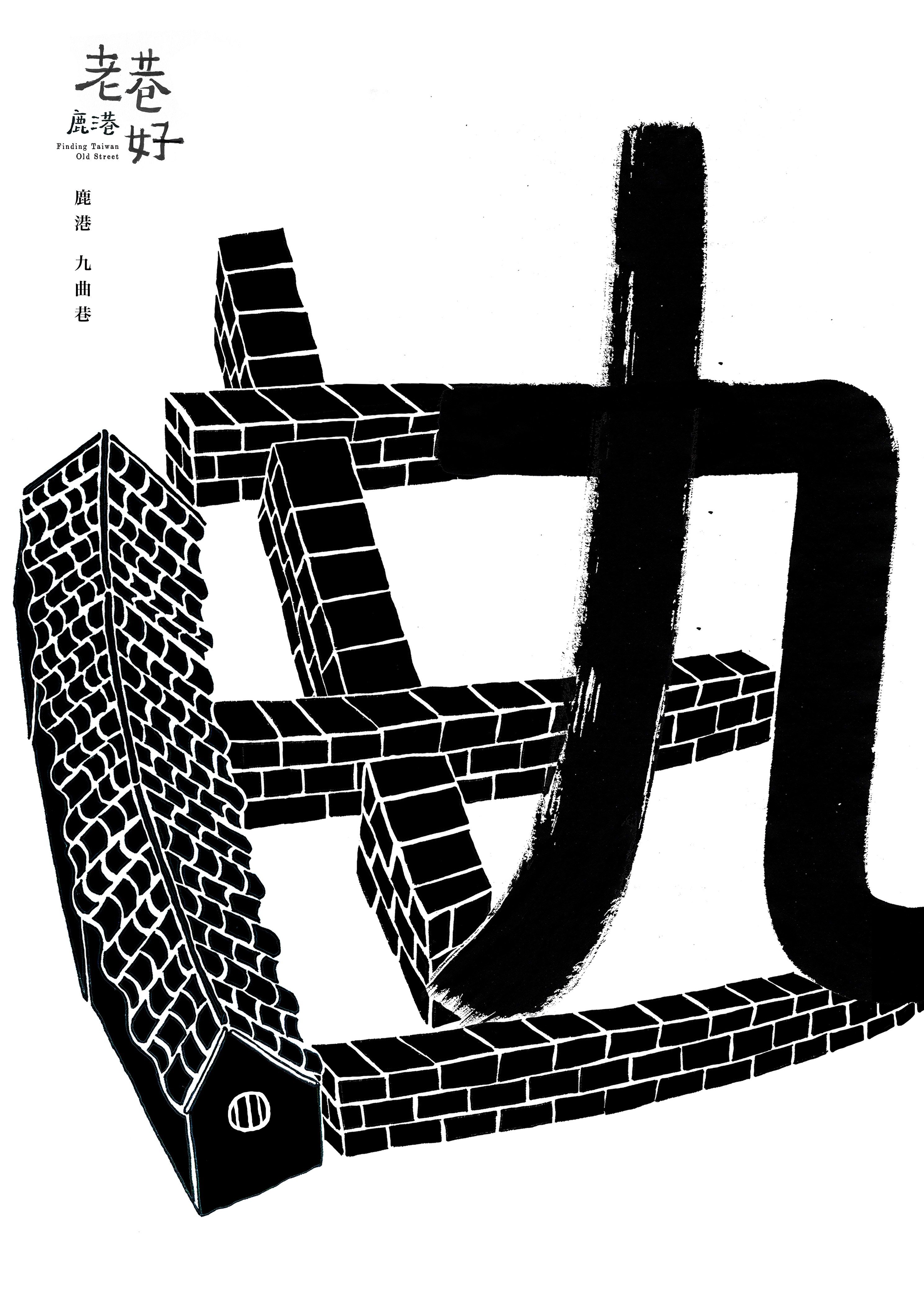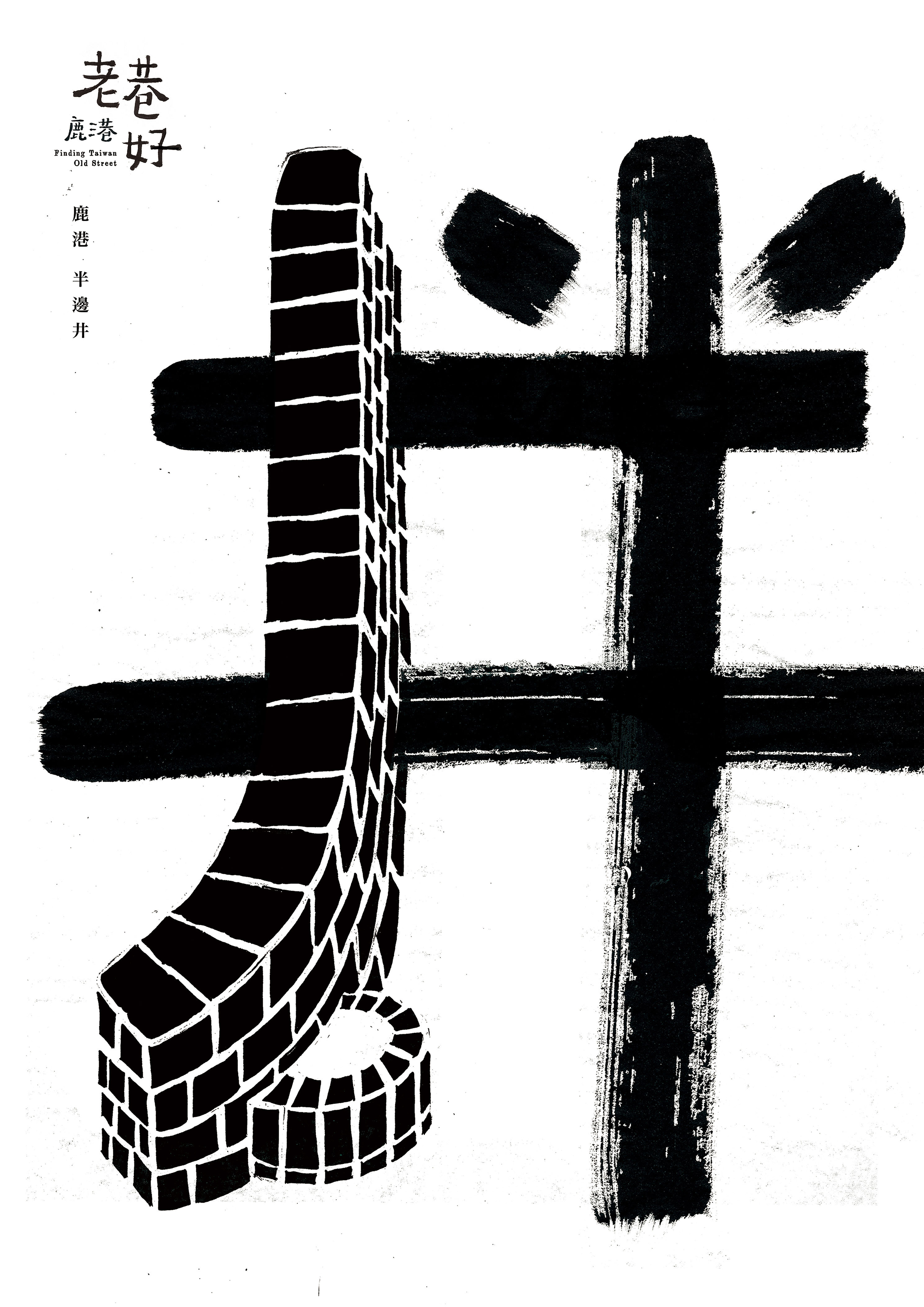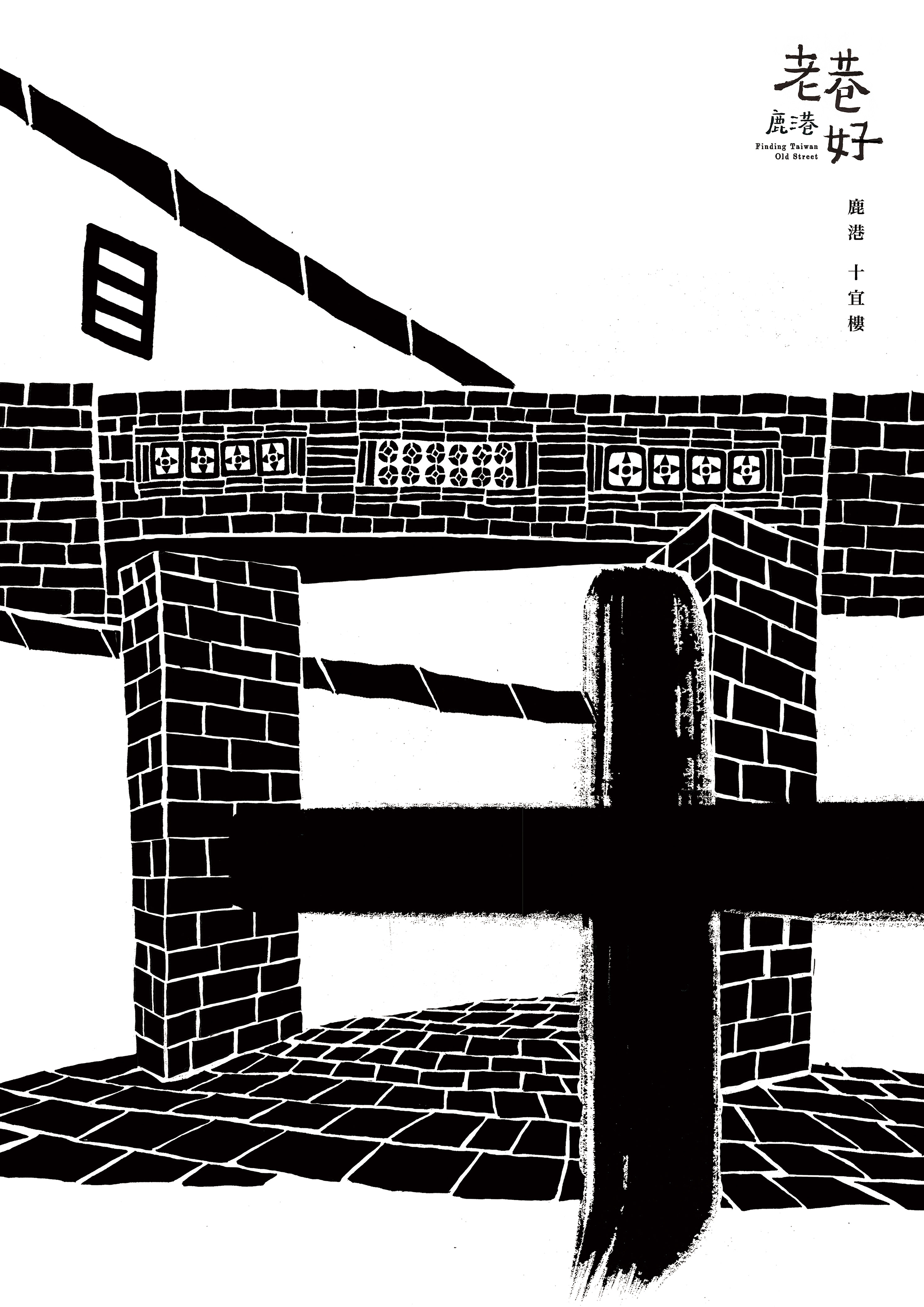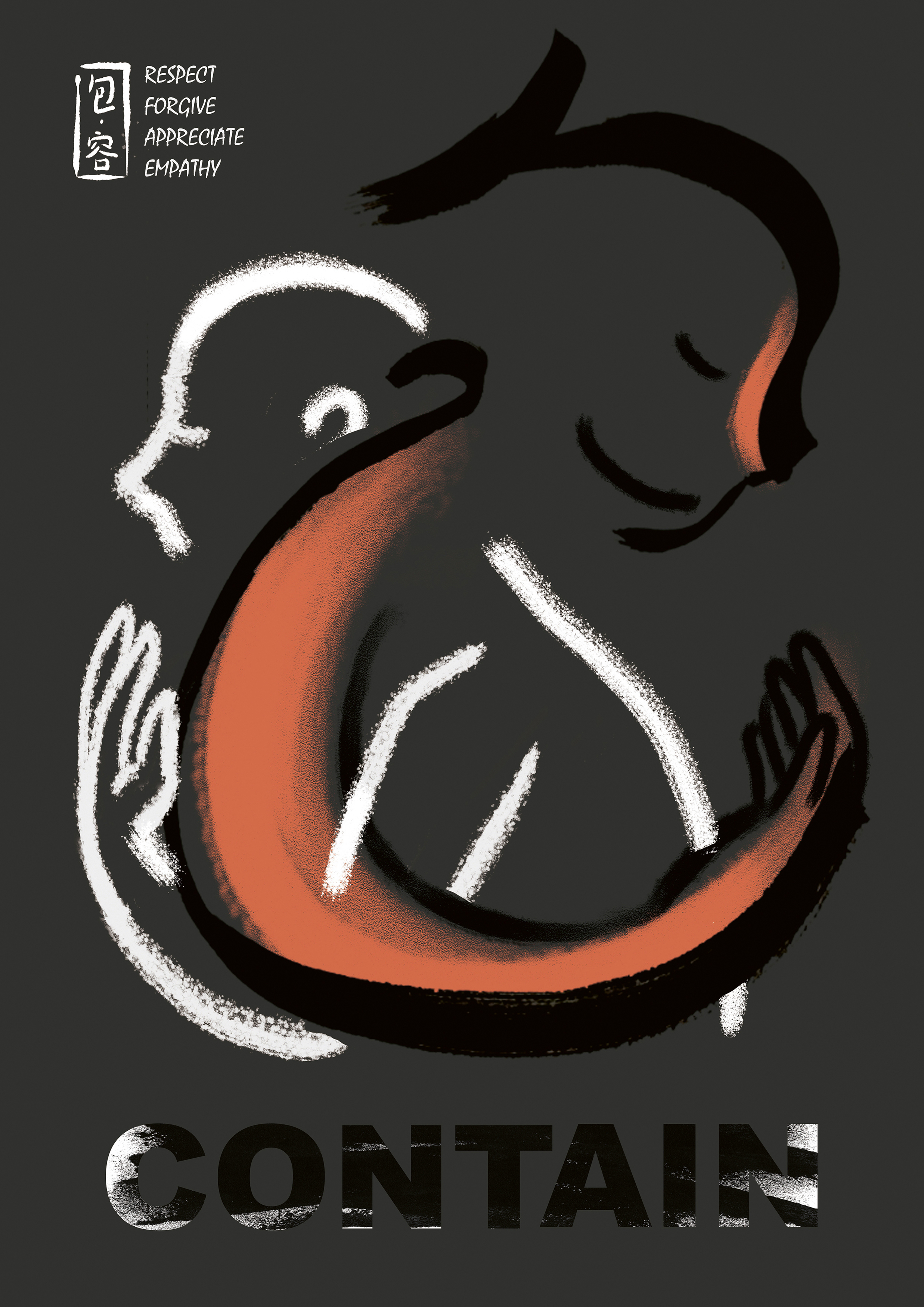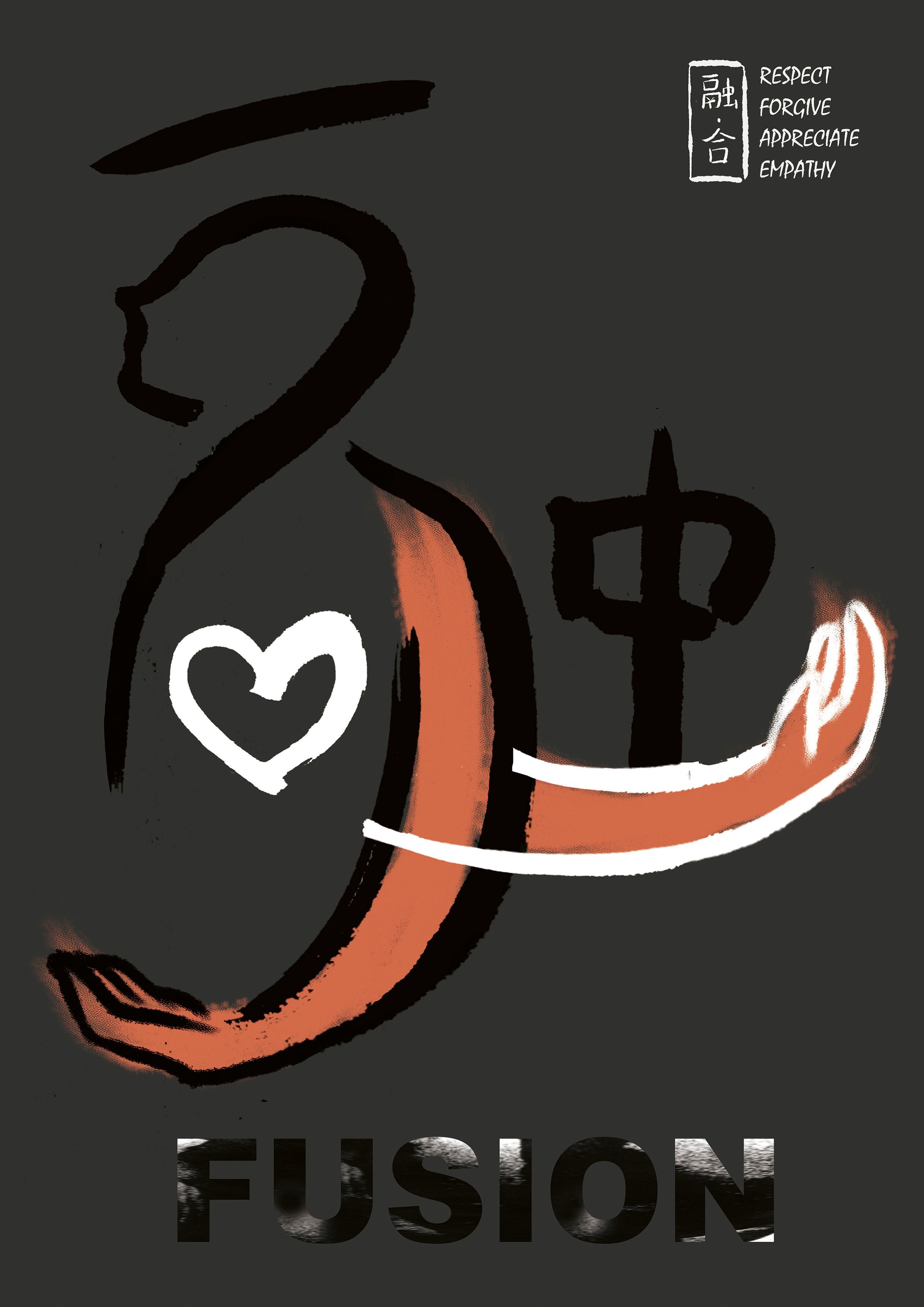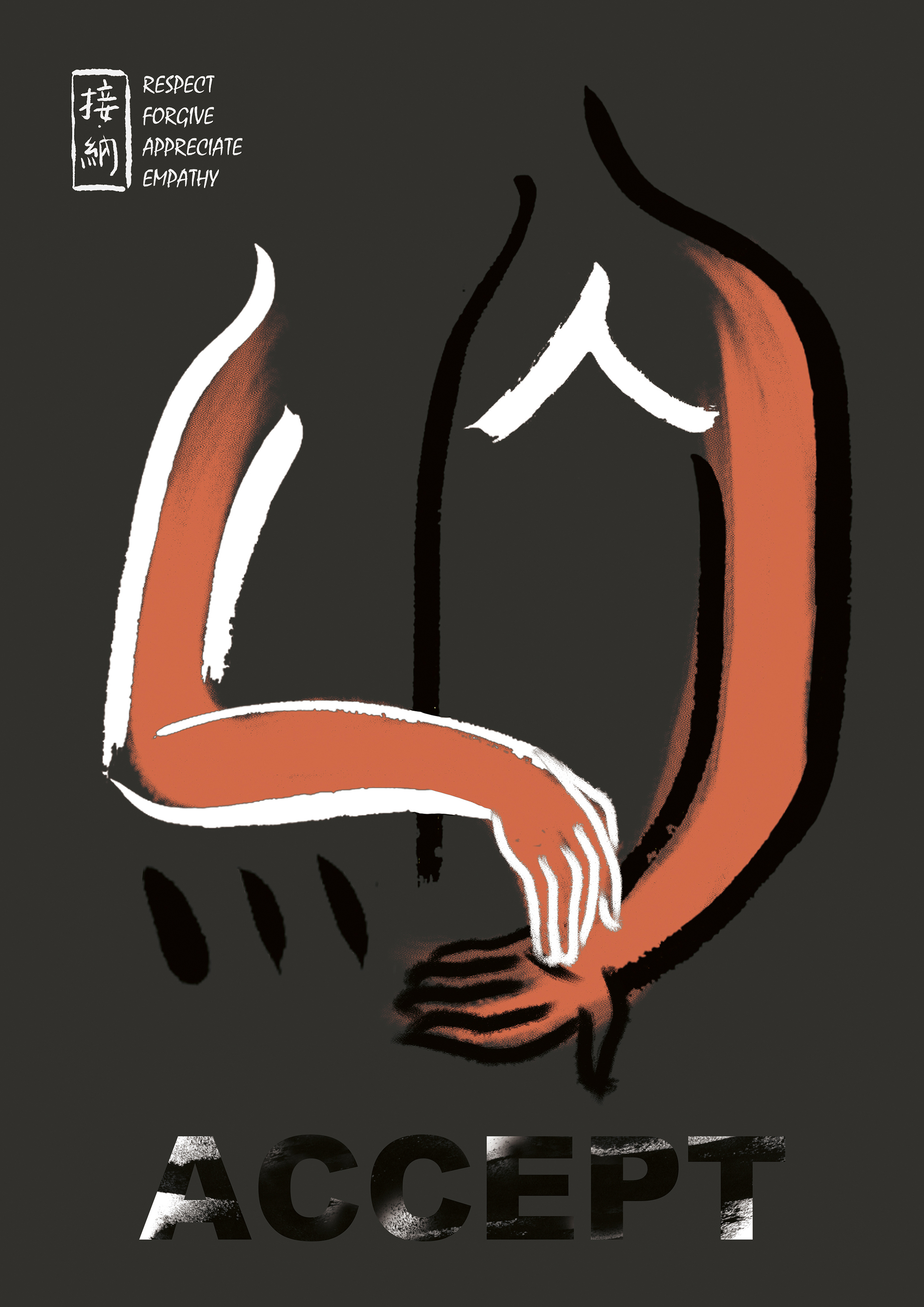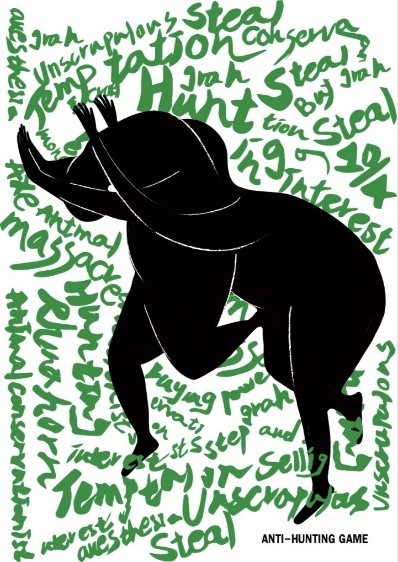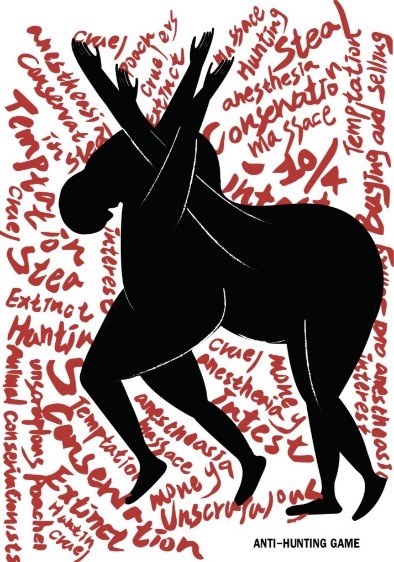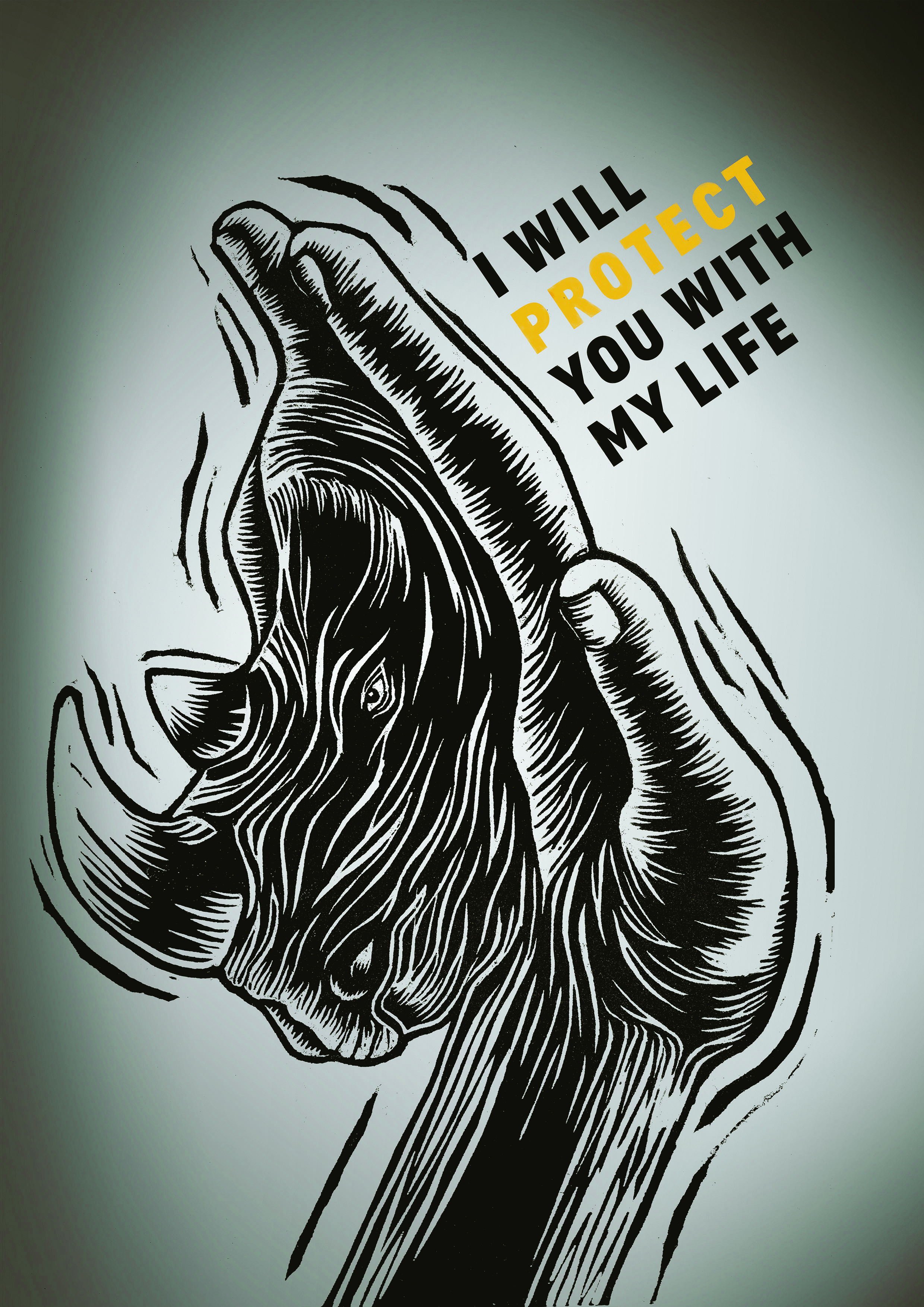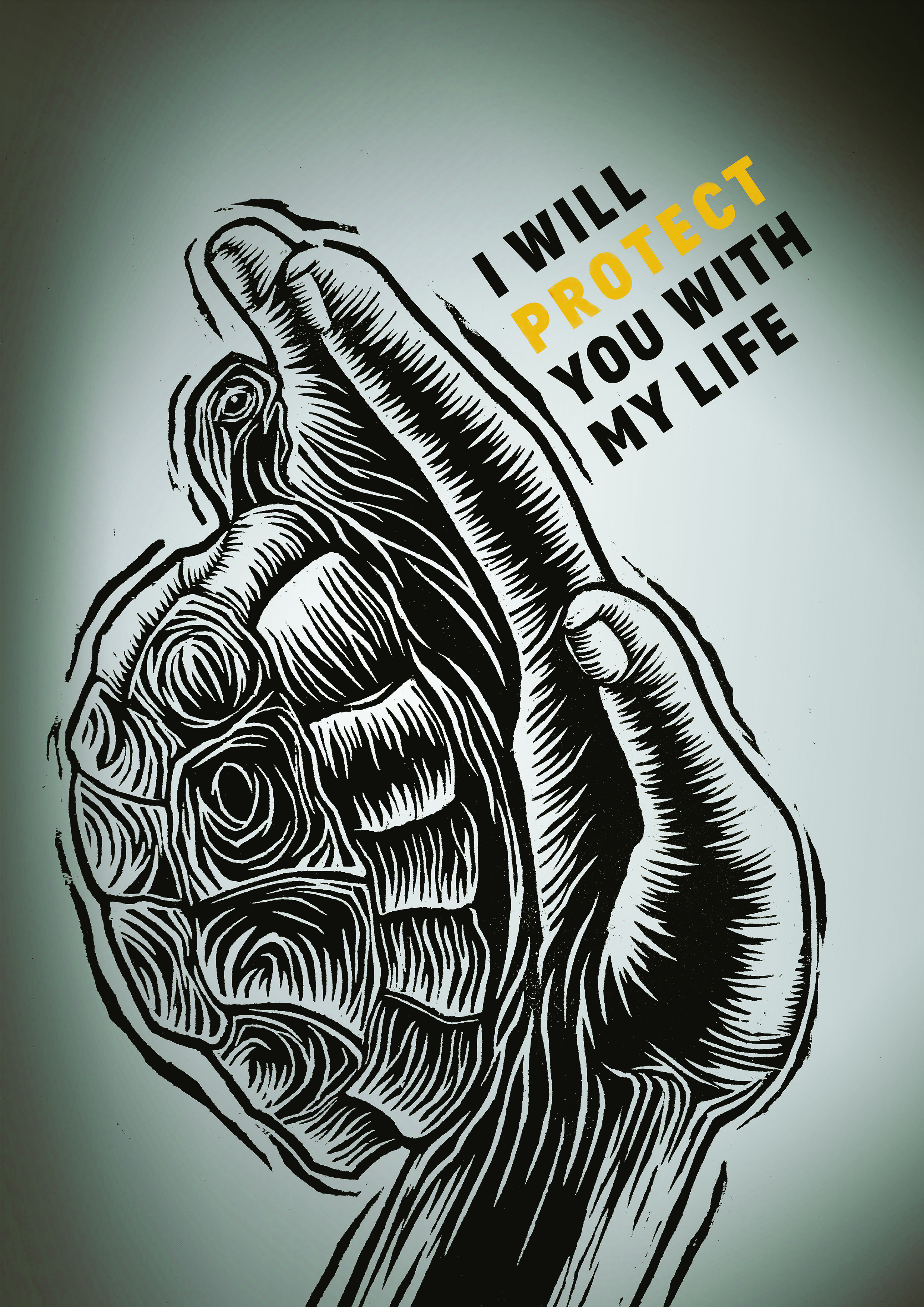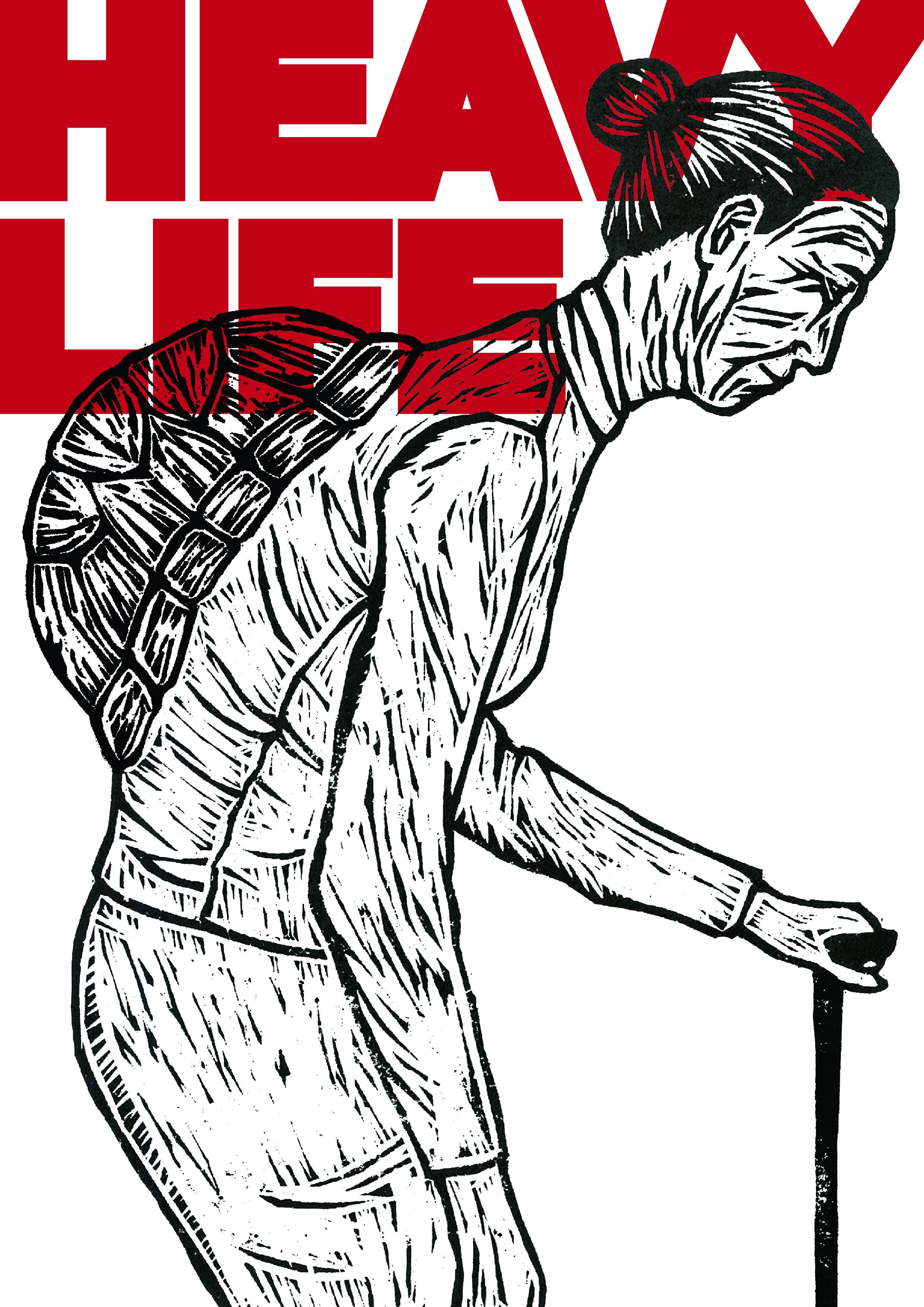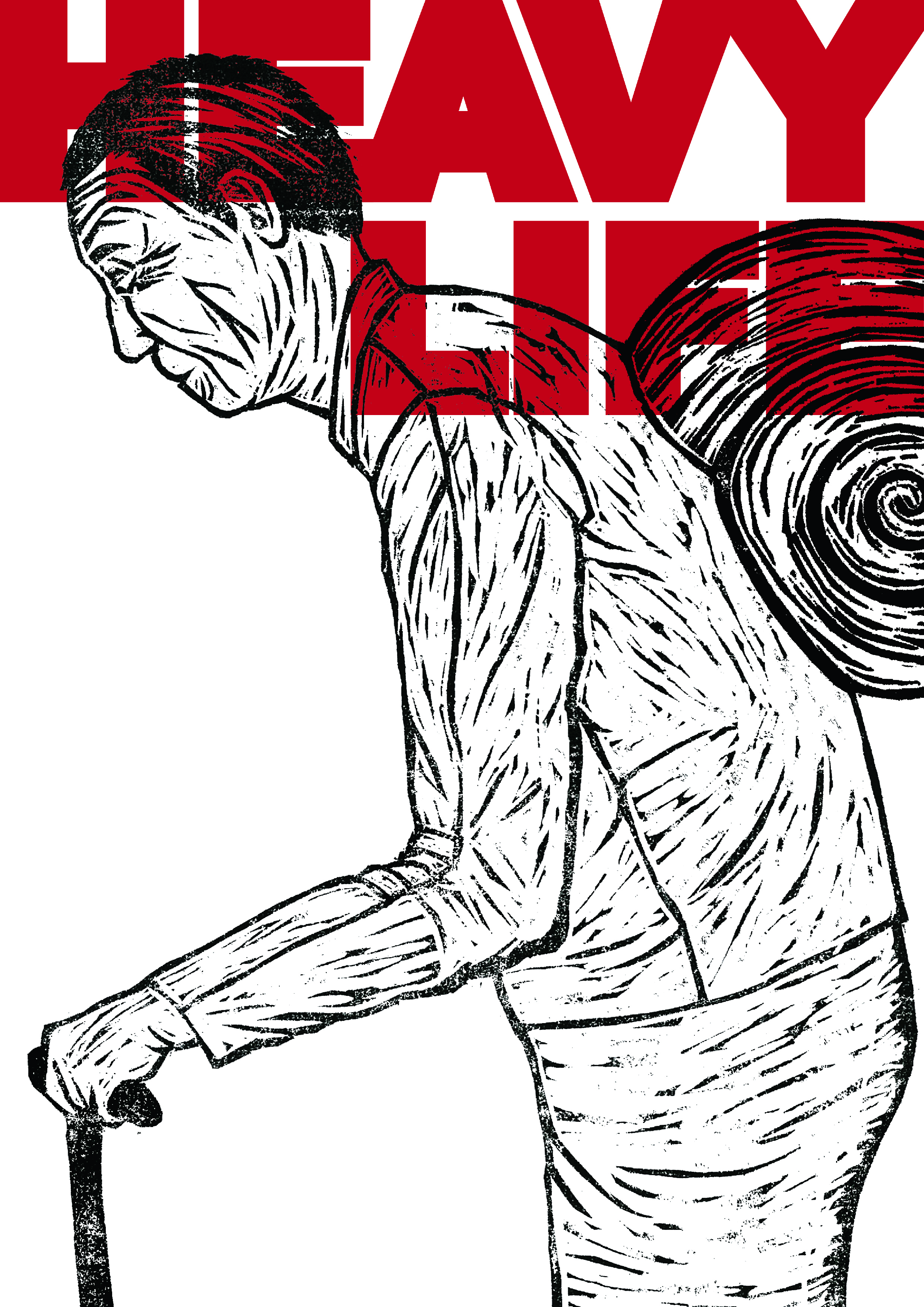I always encourage my students to partake in graphic design competitions, especially the most competitive ones in the international arena. Iconic competitions such as International Poster Biennale in Warsaw, the International Biennale of Poster in Mexico (BICM), International Biennale of Graphic Design in Brno, International Poster Triennial in Toyama (IPT) and other that I had my share of competing, are full of challenges. To enable my own students to shine brightly in the world of design is definitely a joyful achievement. Looking from the perspective of a student, to participate in international graphic design competitions means a great deal of things. Students can hone their abilities of grasping the creative concepts, idea, and the technique to present the idea precisely adherent to the theme required by each competition. Moreover, they get to practice illustration-based presentation technique, season the aesthetics of their work with craftiness, and manifest the eye-catching effects destined for outstanding works. All can be verified through the result of a competition.
For years, I have gained fruitful results and reflection from competing in and guiding students for the graphic design competitions. Red Dot Design Award: Brands & Communication Design, BICM, New York Art Directors Club Annual Awards (ADC Awards), Taiwan International Student Design Competition (TISDC), Taiwan International Graphic Design Award (TiGDA) and so on. I would like to take the opportunity to share with people interested in taking part in competitions, so that more exceptional works from talents in Taiwan would sweep the global graphic design competitions, and become the pride of Taiwan. I often hear people joking about how winning an award is about luck. This, in fact, is not all a joke. Starting from 2014, the traditional design competitions mentioned above turned their entry submission from offline to online in order to align with the trend of the digital era. Since then, the number of entries has doubled year on year. To win, or even to be nominated becomes harder and harder. That’s why when participating in international competitions, in addition to luck, one needs to demonstrate creative ideas and presentation techniques, as well as contemplate the category to send work to, or else it’s going to be a waste of hard work and even stifle your motivation to compete more in the coming days.
Students frequently ask me, "How to make a poster? ", or simply saying, "Sir, I want to take part in Red Dot Awards, I want to go to Germany to claim the award! " My answer to them is always, "Attend my courses, listen to how I analyze and discuss your work, and that would do. " Students who ask these questions eventually vanish into thin air. It may be that they can’t make it to select my course. But, it’s probably for the best. If students only have a whim and give up easily when encountered with little frustration, they can never successfully transform their school assignment into personal work. Driving ambition, devotion and tenacity in design are only the basics when participating in global design competitions. Because once you start, your life would be full of keywords such as "it’s wrong", "case rejected", "start-over", "think again" and so on. If you are not equipped with the characteristics above, it is likely for you to fall into a pit of self-denial. I share with my student constantly my reflection: you have to love it for it to last, and only when it lasts, the success would follow.
What are the keys to a good piece of graphic design? In this article I would briefly propose my humble views accumulated from the past experiences of giving guidance to the work of posters, in hope to benefit fellow teachers. What is a good poster made of? It is not as difficult as imagined to create and design a poster. I believe we can start from a comprehensive analysis of these three factors: media function, design approach, and competition requirements. Finding the process and method for design is the beginning. I have nearly 60 students per course, and a variety of questions are raised by them. After numerous experiments and practices, I’ve summarized and highlighted 5 points for the arduous process of poster design.
(1) Statement of perspective: Briefly state your course for the topic. Before putting the perspective into words, do a lot of research, understand the problem and then propose your solution.
(2) Creative concept: Use very little words to voice your stand. This is a method to turn the abstract concept of problem solution into words, and is also the origin of the title of your poster (I request it to be within 4 words).
(3) Creative ideas: Transform abstract concepts into physical symbols to shape your poster. This is oftentimes the most challenging part. You need great ability of imagination and systematic approach to brainstorm for an original idea.
(4) Presentation approach: Just like writing a good article, you need to utilize simile, satire, symbolizing, hyperbole, metaphor, synonyms and so on to expand the room for imagination of your poster, and intensify visual persuasiveness.
(5) Presentation technique: Fitting technique perfects the creative idea. An illustration-based presentation technique is mandatory for poster painting, the more sophisticated the presentation technique, the more artistic the aesthetics of the work becomes, and the more likely it is to be spotted in piles of design.
These 5 highlights can be turned into theme, concept, idea, approach and technique, and they are the principles of work selection in international graphic design competitions, especially the category of poster. If you’re submitting your work to a design competition with a specific theme, go through the following process: 1. does it match the competition theme; 2. does it communicate a clear concept; 3. is the idea unique; 4. is the approach unusual; 5. is the technique of high skill. The problem of your work would easily pop up once you go through the process, and you get to improve your work to better stand out and win.
The international poster design competitions receive tens of thousands of submissions nowadays. BICM, for example, receives 8,000 pieces of work. TISDC, a competition organized by the Ministry of Education of Taiwan, sponsored by iSee Taiwan Foundation and Sayling Wen Cultural and Educational Foundation, and endorsed by 21 design associations and organizations from across the globe, broke the record of receiving 20,000 submissions in the recent year, where the visual design category alone took up 16,000 works. The chance of winning is around 0.1%. It’s indeed challenging to win. However, if you can stand out from competitions with a great number of submissions, it means your design is solid. Other than the 5 indispensable requisites, good posters almost always have one feature: “A visual image that doesn’t exist in reality. It is created through the combination of the designer’s imagination and collective approaches, and presented with proper technique so that it emits peculiar and eye-catching aesthetic effects that inspire its viewers to identify themselves with the content.”
Here are some works selected for elaboration and sharing:
Image (1) The Voice of Life, designed by Chen Yu-Ru
Image (1) The Voice of Life, designed by Chen Yu-Ru.Award: 2018 Red Dot Brands & Communication Design Poster – Best of Best.Creative idea: With names of animals as the theme of design, the designer shaped the names into the look of an elephant, a shark and a butterfly. Urging humans to listen to the voice and value the lives of different species, the hand-crafted shapes of words illustrate how life is being harmed, while the Wabi-Sabi sense it delivers calls for the sympathy of viewers.
Image (2) Neiwan Love Story, designed by Huang Tzu-Yen, Chang Ya-Chien, Chiang Ya-Ching, Su Hsiao-Yun
Image (2) Neiwan Love Story, designed by Huang Tzu-Yen, Chang Ya-Chien, Chiang Ya-Ching, Su Hsiao-Yun.Award: 2017 Red Dot Brands & Communication Design Poster – Best of Best.Creative idea: Using the town trip of the Neiwan line of Taiwan Rail as the theme, the series of posters weave a romantic story from the first encounter, falling in love, being together, breaking up and reuniting by blending them with the tour sites along the line. The realistic illustration technique was adopted to present the design, and 6 images are connected and turned into motion graphics.
Image (3) Give Your Life a Chance, designed by Zou Yun-Dai
Image (3) Give Your Life a Chance, designed by Zou Yun-Dai.Award: 2018 Red Dot Brands & Communication Design Poster,2017 TISDC, Bronze,2017 TEDA Cup International Youth Design Competition, Gold.Creative idea: Developed on the creative theme of changing your perspectives, the work converts the turning point of the end of life to a symbol of survival, referring to a change of perspective that can give life a chance.
Image (4) Finding Taiwan Old Street - Three Scenic Views of Lukang, designed by Huang Sheng-Syuan and Wu Cheng-Yu
Image (4) Finding Taiwan Old Street - Three Scenic Views of Lukang, designed by Huang Sheng-Syuan and Wu Cheng-Yu.Award: 2017 Red Dot Brands & Communication Design Poster – Best of Best,The ADC 97th Annual Awards– Illustration Posters, Bronze; Typography Posters, Bronze,2017 Taiwan International Student Design Competition, Gold,2017 Taiwan International Graphic Design Award, JAGDA Special Prize.Creative idea: Featuring the scenic site of the old town Lukang, intertwining the presentation approach of the pictographic chinese character, the design manifests a quaint and pure sense. The composition is visually powerful and impressive to its viewers.
Image (5) Respect Forgive Appreciate Empathy, designed by Yu Po-Ya
Image (5) Respect Forgive Appreciate Empathy, designed by Yu Po-Ya.Award: 2019 Red Dot Brands & Communication Design Poster – Best of Best.Creative idea: Exploring the design theme of inclusiveness, acceptance, and merging, shapes are transformed and forged together by the image of humans and words. The posters embody the different opinions from different cultures, propose to seek the common ground by standing in each other’s shoes and create a harmonious atmosphere that benefits all.
Image (6) Anti-Hunting Game, designed by Lin Wan-Ting
Image (6) Anti-Hunting Game, designed by Lin Wan-Ting.Award: 2019 TEDA Cup International Youth Design Competition, Visual Design Category, Gold,2017 Taiwan International Student Design Competition, Taiwan Poster Design Association Special Prize.Creative idea: Targeting the theme of symbiosis, the design fused 2 human bodies into the shape of animals, indicating the harmonious coexistence between human and nature. Excessive development damages the environment, actions of the human devastate the animal and would eventually annihilate themselves. The core concept is to urge all environment destroying behaviors to stop.
Image (7) I Promise I will Protect You With My Life, designed by Yang Zih-Syuan
Image (7) I Promise I will Protect You With My Life, designed by Yang Zih-Syuan.Award: 2019 Red Dot Brands & Communication Design Poster, Red Dot.Creative idea: Conjoining human palms to parts of animals, the design concept dwells on protection, pointing out that lives are interdependent. The wood engraving technique highlights humans’ bravery by standing out to protect animal lives. The black and white composition and brushwork portray the turbulence the vulnerable lives have been through and sound the alarm for the viewers to take responsibility and protect lives.
Image (8) Caring for the elderly, designed by Jheng Yi-Jyun
Image (8) Caring for the elderly, designed by Jheng Yi-Jyun.Award: 2018 Red Dot Brands & Communication Design Poster, Red Dot,2017 Taiwan International Graphic Design Award - Taiwan Distinction Award.Creative idea: Touching the topic of the aging population, the design implores the society to take this crucial issue seriously. As Taiwan becomes an aging society, the younger generation has to shoulder the duty of taking care of the elderly. The designer took a turn on incorporating slow moving animals such as snail and turtle on to the back of the aged to manifest their compromised body functions. The wood carving texture of the poster casts a decrepit image that reflects the aged.


